2 Philosophical Influences
Historical Influences 1843 – 1827
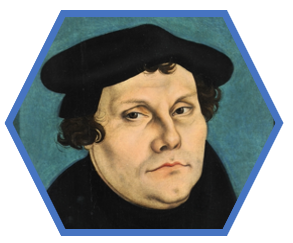 Martin Luther (1483-1546)[1]
Martin Luther (1483-1546)[1]
- Believed primary role of education is to teach children to read
- Family plays the most important role in educating children
- Contributed to ideal that all children need to be educated
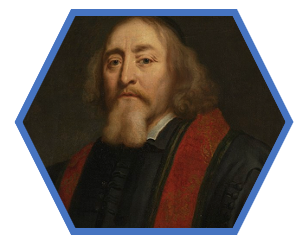 John Amos Comenius (1592-1670)[2]
John Amos Comenius (1592-1670)[2]
- Wrote the first picture book for children called Orbis Pictus – an alphabet book based on the study of nature and the senses
- Encouraged parents to let children play with other children of the same age
- Reflected the growing social reform that would educate the poor as well as the rich
John Locke (1632-1714)[3]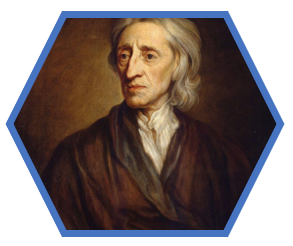
- Proposed idea called tabula rasa (clean slate)
- Believed that the child was born neutral rather than good or evil
- Suggested that instruction should be pleasant with play activities as well as drills
Jean Jacques Rouseau (1712-1778)[4]
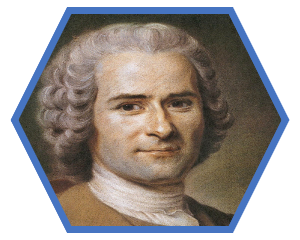
- Wrote a book called Emile based on a hypothetical child – these ideas were brought forward in this book:
- Education should be more than vocational
- Children construct their own knowledge
- Children’s perspectives differ from adults
- Children’s cognitive development processes through distinct stages and instructions should coincide with those stages
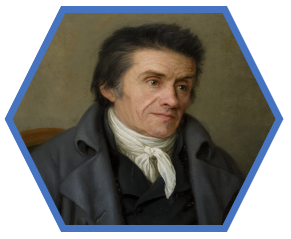 Johann Heinrich Pestalozzi (1746-1827)[5]
Johann Heinrich Pestalozzi (1746-1827)[5]
- Believed that children should be cared for as well as educated
- Integrated curriculum that develops the whole child
- Defined the whole child as the hand, the head, and the heart
- Thought children should be taught in group settings
- Encourage parent education primarily for the mother
Attribution
- Martin Luther, painted portrait by Lucas Cranach , Open Domain via Wikimedia Commons. ↵
- Jan Amos Comenius (Komensky), painted portrait by Jürgen Ovens, Open Domain via Wikimedia Commons. ↵
- Portrait of Locke in 1697 by Godfrey Kneller, Open Domain via Wikimedia Commons. ↵
- Jean-Jacques Rousseau, painted portrait, Open Domain via Wikimedia Commons. ↵
- Johann Heinrich Pestalozzi by Francisco Javier Ramos, Open Domain via Wikimedia Commons. ↵

